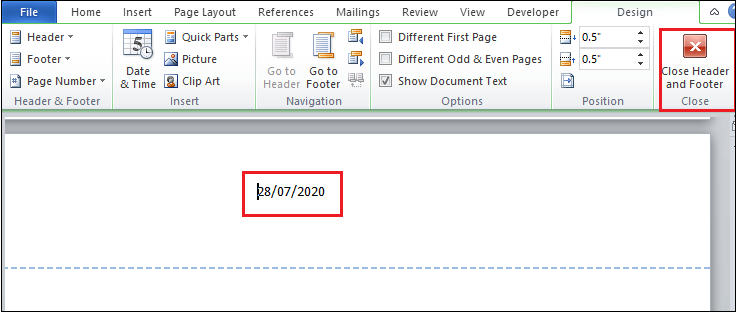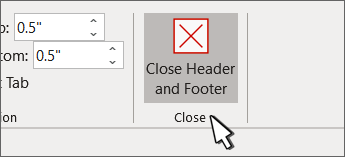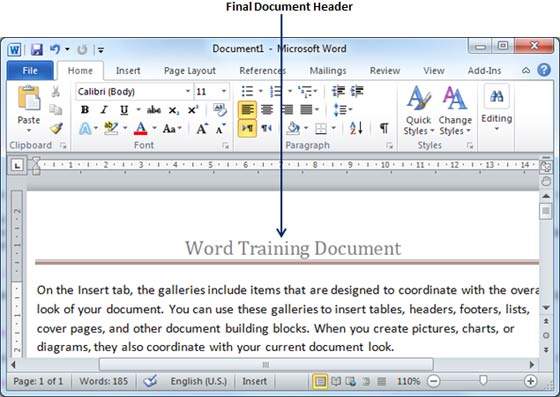
This is what a header does in a Word document.įooters are generally used for information regarding page numbers or information that you want to mark at the bottom of each page. Some books have the chapter name at the top of a page. When you read a paper novel, you see the book's title at the top of a page. Headers are generally reserved for leaving titles at the top of pages. The arrows under each button indicate that clicking it will display a set of options. Click the tab and find the "Header & Footer" category located in the tab. The header and footer settings buttons are in the "Insert" tab. You can use these settings to create titles above your pages and page numbers at the bottom of your pages. You can place anything in this section, but Word uses header and footer information in all pages. Number each style in the order you would like to see it in the Table of Contents.Microsoft Word gives you the option to place a header and footer at the top and bottom of your pages.To change which styles appear where, select ‘Options’.įigure 45: Table of Contents Options dialog box.Ensure the ‘Tab leader’ option is ‘………’.Alternatively you can select ‘Insert Table of Contents’įigure 44: Insert Table of Contents dialog box.If you have used standard styles (Heading 1, Heading 2 etc.) then you can create an Automatic Table of Contents.Select the ‘References’ tab and then ‘Table of Contents’.Place the cursor in the document at the place where you would like the table of contents to sit.Always include page numbers in the footer with the ‘Normal’ style.

Use section breaks if you require no header or a different header on the title page.Insert text or other document information required.Under the ‘Insert’ tab, select ‘Header’ or ‘Footer’:.As screen readers don’t read it out this information should also be within the content of the first page or the last page. Headers and Footers can be used to hold document information but should never hold important document content such as filename, document owner etc.Level 2: Screen reader View Firefox extension.Level 2: WCAG2 for content authors and managers.


Level 2: Creating accessible Word documents.Level 2: Accessibility in the web development lifecycle.



 0 kommentar(er)
0 kommentar(er)
